Design of luxury goods is getting some new dimensions; the geographical, the technological and the ecological
Swiss designer Yves Behar once said, ‘Designers have a responsibility to show the future they want it to be – or at least as it can be, not just the way an industry wants it to be’. Historically, designers rather than design have been the prime movers of the luxury goods industry.
Designing objects that demand such superlative prices need two important ingredients; the materials used in the making and the point of view of the designer-craftsman. Historically, creative craftsmen came up with bespoke designs to appeal to their indulgent clientele that demanded exclusivity. Luxury is as old as civilization itself.
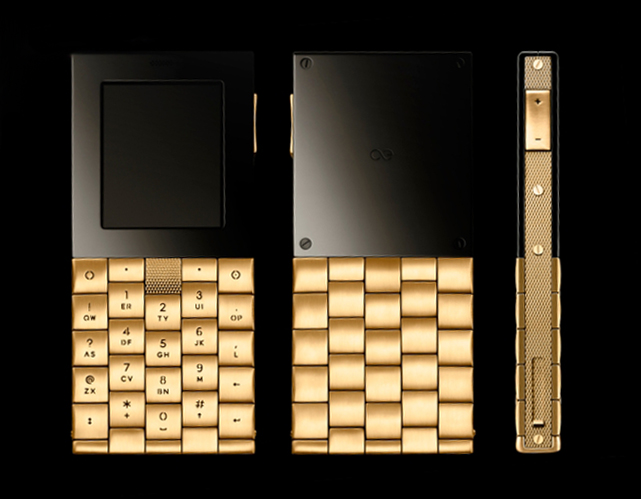
Most storied clothing and accessory brands of today are on an average between 100 and 200 years old and are centred around creative craftsmen founders from Europe. Hermes, Louis Vuitton, Chanel, Dior, Armani, Cartier, Versace are luxury icons in this mould. The Swiss watch and jewellery brands, Italian coachbuilders turned car designers have been around for a similar length of time and were also founded by visionary craftsmen par excellence.
These brands have been continuously reinvented through creative storytelling and modern design to create new marketplaces and generate demand at various price points. Indeed, the rise of China as one of the largest consumers of luxury goods makes exciting business literature.
As China moves to buying into the heritage dimension of luxury, a lot more is happening on redefining the perception of what luxury means on the basis of the geographic, technological and the ecological. Whereas fashion labels have been collaborating with young and talented designers across the globe to redefine their merchandise, new and creative takes on products and automobiles are evolving quite slowly.
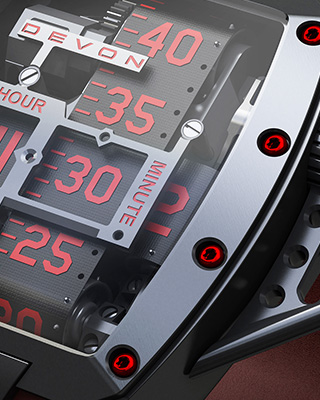 Some serious claimants like Devon Works have tried to achieve an authentic American idiom while creating time pieces that can be classified as ‘affordable luxury’ that is innovative in its use of technology in a market dominated by heritage.
Some serious claimants like Devon Works have tried to achieve an authentic American idiom while creating time pieces that can be classified as ‘affordable luxury’ that is innovative in its use of technology in a market dominated by heritage.
A more conscious and discerning buyer group is emerging on the fringes in the so-called developing markets where consumers now demand original stories which they can culturally relate to and not just buy based on brand heritage. In India, in particular, wedding fashion and the Hindi film industry have developed unique styles that are commercially sizeable and potentially global.
Today, the luxury industry has experienced an unprecedented shift from exclusive to inclusive design and a far wider and humbler dialogue with the consumer is taking place. The upper middle class demands ethics right across business processes of a corporation and the elitist old world view of indulgence is giving way to socially and ecologically responsible brands.
Milton Petraza of the luxury institute says, ‘While many brands are in a rapid transition mode, others continue to resist the inevitable. Not all brands will make that shift. In rough terrain, the rigid will become irrelevant’.
For Indian designers, who find manufacturers quite reluctant to create an original luxury label, let alone an authentic language of Indian luxury, these are exciting times full of hope and freedom. Happy Independence Day.
-
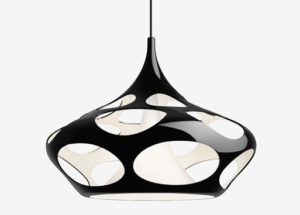
Egyptian American designer Karim Rashid’s lamp ‘Space-Time’ for Swedish manufacturer Zero. Karim believes in a complete breakaway from history to create a bold new language of design. This is his fresh take on democratic design. The rise of middle class has called for many fresh perspectives on what is called luxury.
-

BMW makes its luxury technologically sophisticated and hence understated. Brands like BMW continuously redefine what constitutes luxury even in the ‘developing’ markets.
-

Yves Behar’s take on the luxury phone Aesir Copenhagen. Keeping it extremely simple, only offering phonecalls and texts, Behar and team concentrated on craftsmanship and designed it from a jeweller’s perspective.
-
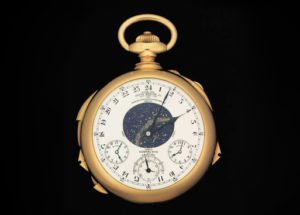
Businessman Henry Graves commissioned Patek Philippe to create ‘Supercomplication’ pocket watch in the 1920s. Complications included a perpetual calendar with phases and age of the moon, indication of sunrise and sunset, and a celestial chart depicting the stars in the nighttime sky over New York City. It was the only piece created and was valued at USD 11 Million in 1999.
-
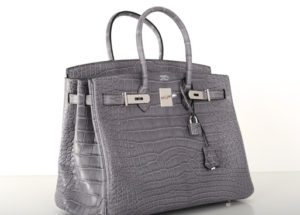
A limited edition crocodile leather handbag by Hermes. The company periodically attracts attention from animal activists. Paradigms of humane and sustainable luxury goods are evolving in a big way across the globalized world.
-
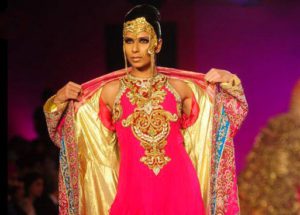
Ritu Beri’s creation for DCW 2013. Fashion and apparel designers have been successful in creating an authentic motif and language of Indian design with sizeable commercial significance in the global market.
-
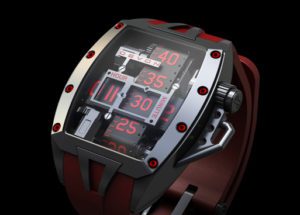
Devon Works, a design lab based out of California has completely reinvented the concept of watch movement using sliding belts to depict time. In the true spirit of American innovation, founder Devon says, it’s a kinetic sculpture driven by high end aerospace technology.
